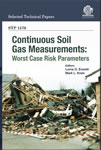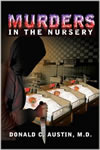12/16/2016· Neuropsychology
Plaintiffs and other petitioners often sue for damages due to reported cognitive or emotional impairment. These impairments are often said to be the result of traumatic brain injury suffered in accidents or toxic exposures or due to medical procedures. Such impairments can often be subtle, not easily understood by nonprofessionals, but still claimed to have changed a person's life.












